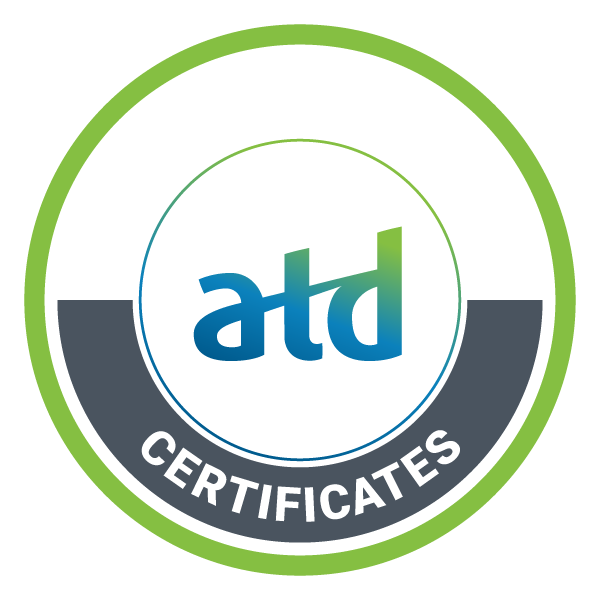Writing for Instructional Design and Training Certificate
Improve the quality of your learning programs through clear, engaging writing.
Master the art of writing clear, engaging, and credible content for your instructional design, e-learning, and training projects.
Live Online
Face to face
Private training
Writing for Instructional Design and Training Certificate: Course Info
As a talent development professional, writing is a core part of your job. To communicate effectively with stakeholders and learners, develop high-quality training materials, and facilitate learning, your writing needs to be persuasive, clear, and engaging. By mastering these writing skills, you’ll gain credibility and a competitive edge as you need to create learning content that educates, communicates, and engages.
Discover how to use writing techniques to articulate desired training outcomes in this instructional design writing certificate. Through hands-on practice and scenarios specific to talent development, learn how to write to clarify, simplify, illuminate, and explain. Find out how to use tone, point of view, and personality to keep your audience actively engaged. Become skilled at organizing and formatting your writing to enhance understanding and reduce cognitive load.


Format
Face-to-Face
Live Online
Private Training

Roles
Instructional Designer, Trainer/Facilitator

Capability Areas
Communication, Instructional Design

Level
Capable

Language(s)
English

Credits
APTD 14
CPTD 14
CEU 1.4
HRCI 14
PDC 14

Recognition
ATD Certificate of Completion, Digital Badge
FAQs
Course Topics
Dates & Locations
Time Zone: UTC
Credits & Recognition
 ATD Certificate of Completion
ATD Certificate of Completion Digital Badge
Digital Badge 14 Learning Hours
14 Learning Hours 1.4 CEUs
1.4 CEUs| Additional Credits | Type | Credits | |
|---|---|---|---|
| APTD Credential | Professional Development Hours/Recertification Points | 14 | More Info |
| CPTD Credential | Professional Development Hours/Recertification Points | 14 | More Info |
| HR Certification Institute® | Recertification Credit Hours | 14 | More Info |
| Society for Human Resource Management | Professional Development Credits (PDCs) | 14 | More Info |
Facilitators
WHAT OUR PARTICIPANTS ARE SAYING
Testimonials
"I have just completed my first certificate program with the Association for Talent Development (ATD) and I could not be more impressed with it! It was the missing bridge between my journalism background and my L&D future. I can't wait to put this learning into practice! :)"
"This program was not easy, but it was the most rewarding class I've ever taken. I completed the class almost 5 months ago and use what I learned on almost a daily basis in my job. Excellent course."
"Not only [did the course] teach me how to be more effective in my writing, the resources for me to practice and continue with my development afterwards are astounding. I have what I learned and a cadre of other sources to use as I continue to grow."
Have a Group to Train?
Want to purchase multiple seats or schedule a dedicated team training experience tailored to your organization’s needs? Fill out the form below to schedule a call with an ATD Enterprise Solutions Account Executive to learn more.
